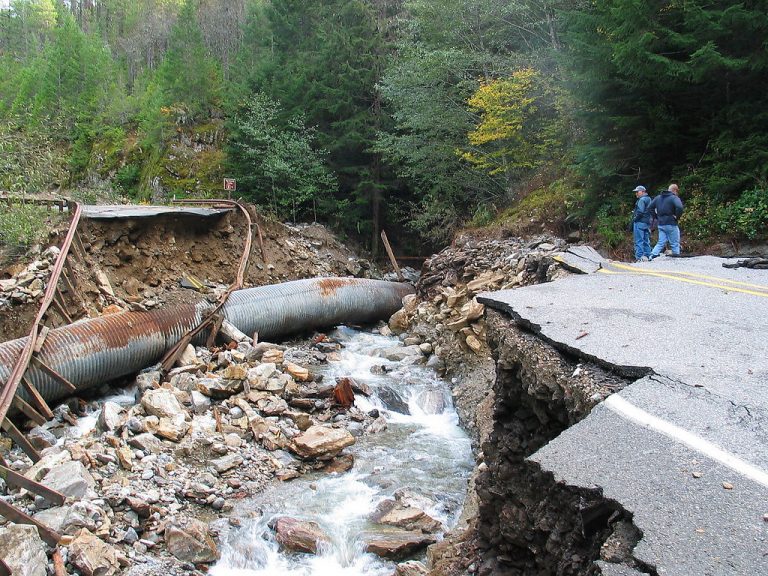Published on July 16, 2020

When it comes to safeguarding Seattle from landslide hazards, UW CEE Ph.D. student William Pollock has a plan mapped out – quite literally. He will soon be releasing a first-of-its-kind map that predicts landslide risk throughout the city.
“As far as I know, this is the first map in the nation to quantify landslide risk on a regional scale – to put a number on it rather than just rating it high, low or medium,” says Pollock. “This will help city planners know how to prioritize resources when mitigating landslide risk.”
Throughout the United States, jurisdictions are responsible for monitoring landslide activity, as the U.S. Geological Survey doesn’t track or inventory slide areas on a local scale. Since existing landslide maps for the city of Seattle only identify the location of landslide-prone areas, the risk map that Pollock is developing with CEE professor Joe Wartman will be more meaningful to stakeholders and communities.
“One of the big outcomes we are hoping to present to the city and public is being able to look at different areas of the city and estimate, on average, the number of dollars per year of damage we would expect and the potential for loss of life,” says Pollock, who has been working on the project for the past four years.
“We want the risk map to be understandable, open and accessible to all people, so they can make informed decisions,” Wartman says. “Traditional landslide maps do not explicitly consider risk, but it is essential to do so since this is the best way to assess the likely consequences of landslides, not just their occurrence.”
Continue reading at UW CEE.
Originally written by Brooke Fisher for UW CEE.